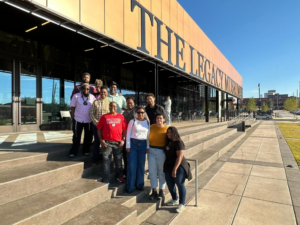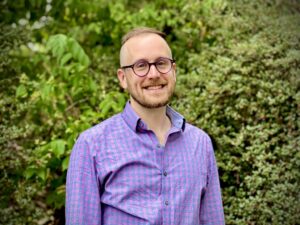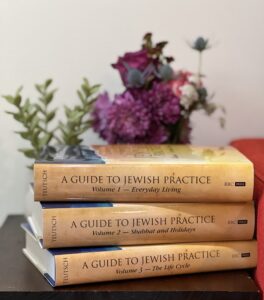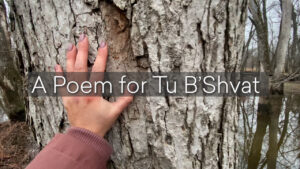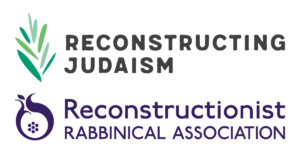
100+ Jewish groups sign onto open letter to Elon Musk on Twitter antisemitism
Reconstructing Judaism and the Reconstructionist Rabbinical Association have signed on to an open letter to Elon Musk alongside 100+ Jewish organizations denouncing antisemitism on Twitter. Numerous racists and bigots who had been banned from the social media platform have been reinstated since Musk took over.



